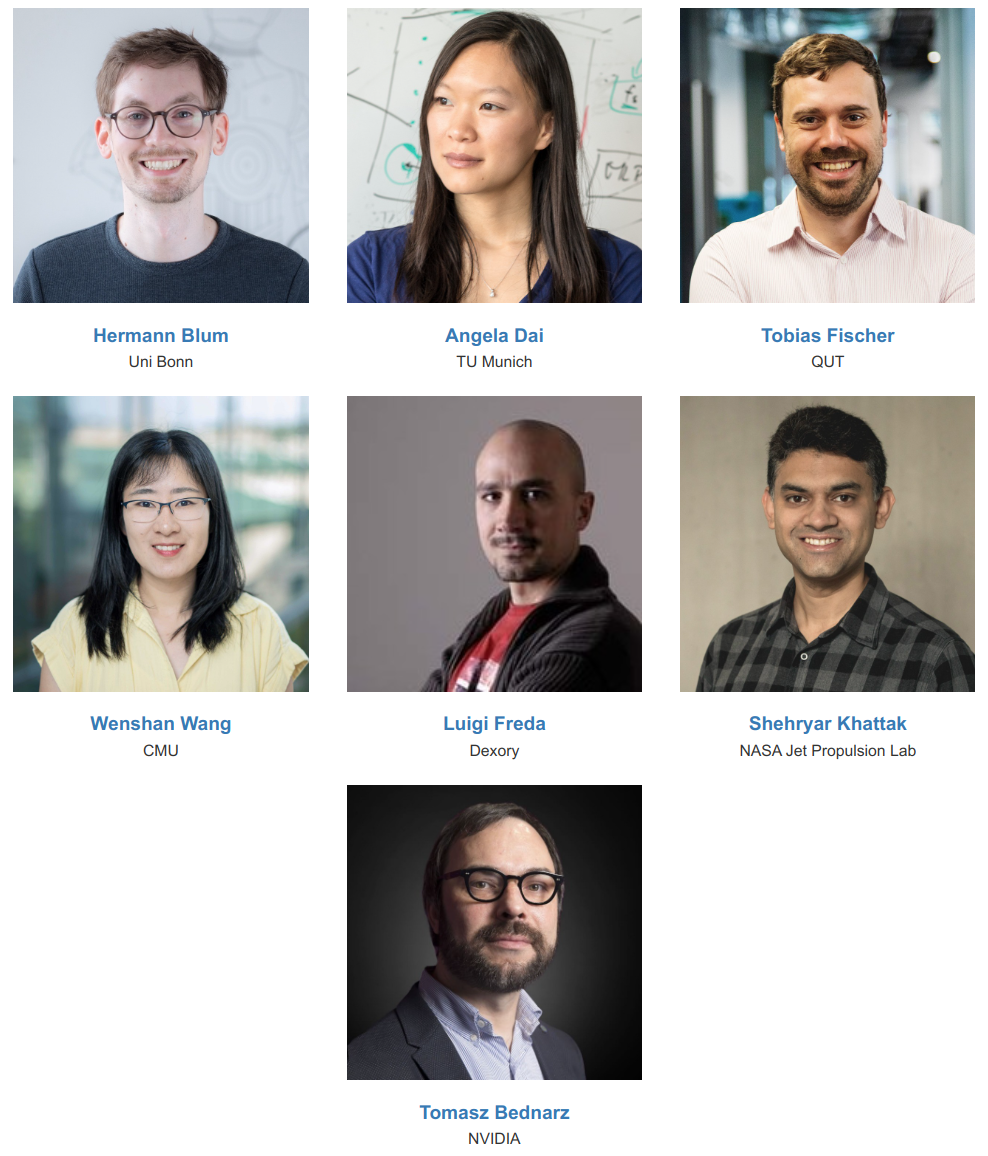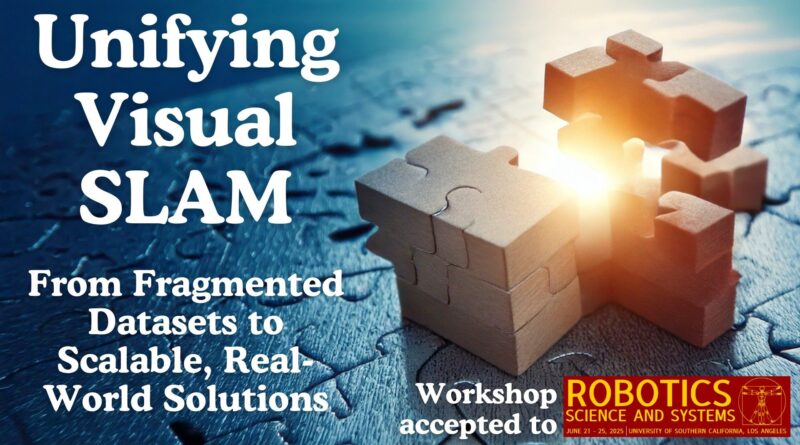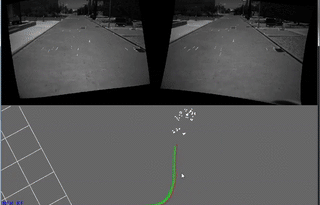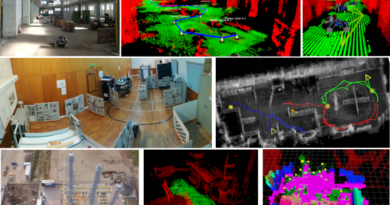RSS 2025 Workshop: Unifying Visual SLAM – From Fragmented Datasets to Scalable, Real-World Solutions
Excited to share Prof. Michael Milford’s post about the upcoming “Unifying Visual SLAM: From Fragmented Datasets to Scalable, Real-World Solutions” workshop at RSS 2025. I am honored to be invited as a speaker and look forward to presenting pySLAM and slamplay frameworks.
Website: https://visual-slam-lab.github.io/unifying-visual-slam/
Invited speakers: Hermann Blum, Angela Dai, Tobias Fischer, Wenshan Wang, Luigi Freda, Shehryar Khattak, Tomasz Bednarz

Org committee: Alejandro Fontan Villacampa, Lukas Schmid, Olga Vysotska, Mubariz Zaffar, Linfei Pan, Gokul B. Nair, Johan Barthelemy, Javier Civera, Michael Milford

Overview
Is Visual SLAM Tackling the Right Challenges? While fields like image segmentation and reinforcement learning have thrived by leveraging vast amounts of unstructured data, visual SLAM remains constrained by a handful of curated benchmarks. This limitation hinders the development of scalable, robust systems capable of operating in a wide range of complex, real-world environments.
Fragmentation across datasets, pipelines, and evaluation metrics remains a core obstacle. Each dataset follows its own structure, making reproducibility and benchmarking difficult. Researchers frequently spend time adapting to dataset-specific requirements instead of driving fundamental advancements. Additionally, compiling baseline systems is a challenge due to the lack of standardized pipelines, undocumented dataset-specific issues, and inconsistent failure cases. This fragmentation significantly slows down progress in the field.
To move forward, SLAM needs unified dataset formats, common pipelines for baselines, and evaluation metrics that go beyond traditional ATE. Standardization will enable scalable benchmarking and the development of more generalizable SLAM systems that function reliably in real-world scenarios.
Workshop Goal: This workshop aims to bring researchers together to discuss best practices, establish dataset and pipeline standards, and streamline SLAM development. We have invited experts who have created benchmarks that foster SLAM challenges, unify SLAM practices, and develop tools that support not only SLAM but broader robotic applications.
One key output of the workshop will be a curated “Unifying Visual SLAM” list of development tools, datasets, pipelines, and benchmarks—compiled by organizers, speakers, and attendees—to serve as a future reference for the research community. By reducing implementation overhead, improving reproducibility, increasing the amount and diversity of benchmarks, and fostering collaboration, this workshop seeks to advance SLAM’s ability to process large-scale data and build more scalable, real-world solutions for robotics and computer vision.
This is the original post of Professor Michael Milford on LinkedIn


